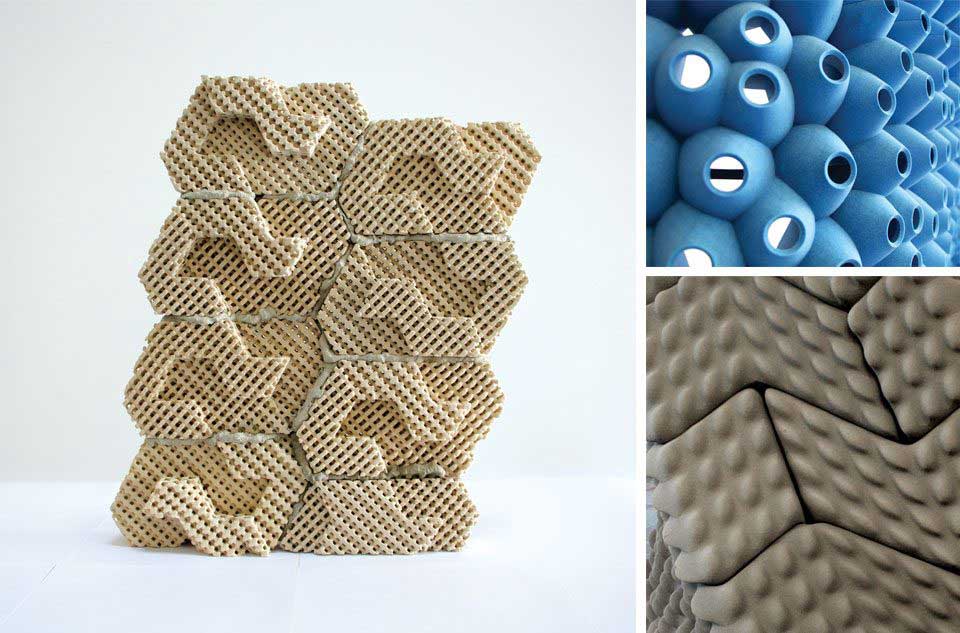In today's fast-paced world, ensuring the freshness and longevity of food products is of paramount importance. Packaging plays a crucial role in preserving the quality, taste, and nutritional value of food. With a myriad of packaging options available, it can be challenging to determine the best type of packaging to preserve food effectively. In this blog post, we will explore various packaging materials and techniques, considering their benefits, drawbacks, and suitability for different food products.
- Understanding the Importance of Food Packaging:
Effective food packaging serves multiple purposes, including preserving freshness, preventing contamination, extending shelf life, and enhancing convenience. It acts as a protective barrier against external factors such as moisture, light, oxygen, and microorganisms, ensuring the food remains safe and wholesome until consumption. - Factors Influencing Packaging Selection:
a. Permeability: The packaging material's ability to control the exchange of gases, such as oxygen and carbon dioxide, is crucial. Different food products require varying levels of gas permeability to maintain their quality. For instance, fresh produce benefits from breathable packaging, while carbonated beverages necessitate low gas permeability to retain their fizziness.
b. Barrier Properties: Packaging materials should possess excellent barrier properties to protect against moisture, light, and odors. This is particularly important for sensitive food items like coffee, spices, and dried fruits, which can easily lose their flavor and aroma when exposed to external elements.
c. Physical Protection: Fragile food items, such as chips or cookies, require packaging that provides cushioning and protection against breakage during transportation and handling.
d. Sustainability: In recent years, the demand for eco-friendly packaging solutions has grown significantly. Biodegradable, compostable, and recyclable materials are gaining popularity as consumers prioritize sustainability. - Common Packaging Materials and Techniques:
a. Flexible Packaging: This versatile option includes materials like plastic films, aluminum foil, and paper laminates. Flexible packaging offers excellent barrier properties, is lightweight, and allows for convenient storage. It is commonly used for snacks, frozen foods, and beverages.
b. Rigid Packaging: Materials like glass, metal cans, and rigid plastics provide robust protection against physical damage and offer superior barrier properties. They are suitable for products like sauces, pickles, and carbonated drinks.
c. Modified Atmosphere Packaging (MAP): This technique involves altering the composition of gases within the package to extend the shelf life of perishable foods. By reducing oxygen levels and controlling humidity, MAP helps maintain freshness and delays spoilage. It is commonly used for meat, seafood, and bakery products.
d. Vacuum Packaging: By removing air from the package, vacuum packaging inhibits the growth of spoilage-causing bacteria and molds. It is ideal for preserving the quality of perishable items like cheese, deli meats, and certain fruits. - Emerging Trends in Food Packaging:
a. Active Packaging: This innovative approach incorporates active substances, such as oxygen scavengers or antimicrobial agents, into the packaging material. It helps to further extend shelf life and enhance food safety.
b. Smart Packaging: With advancements in technology, smart packaging integrates sensors and indicators to monitor and communicate information about the food's freshness, temperature, and quality. This enables consumers to make informed decisions and reduces food waste.
Conclusion:
Selecting the best type of packaging to preserve food requires careful consideration of various factors, including permeability, barrier properties, physical protection, and sustainability. By understanding the unique requirements of different food products and leveraging packaging materials and techniques accordingly, we can ensure that food remains fresh, safe, and enjoyable for consumers. As the industry continues to evolve, embracing emerging trends like active and smart packaging will further revolutionize food preservation, enhancing both quality and sustainability.

